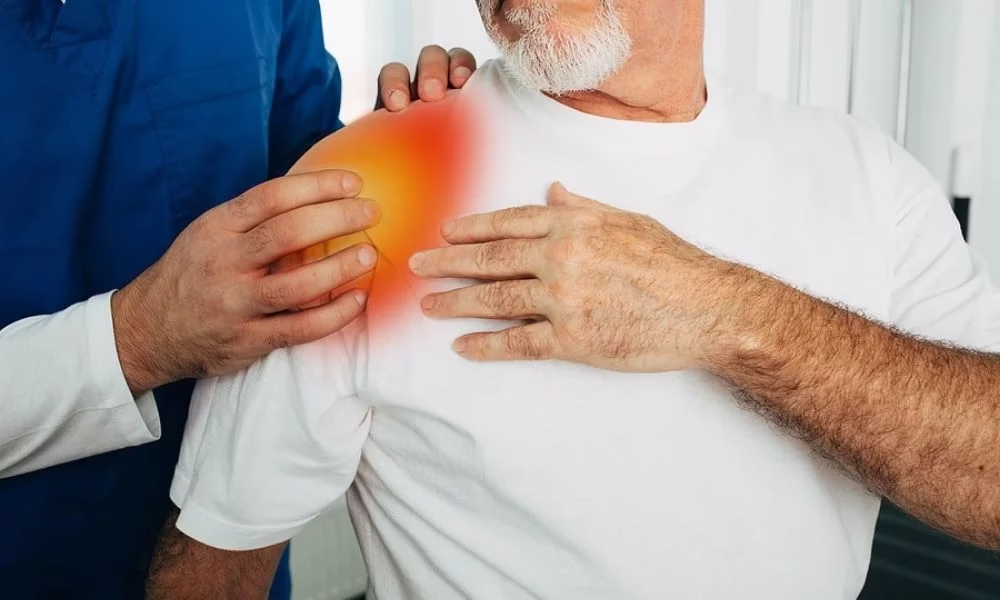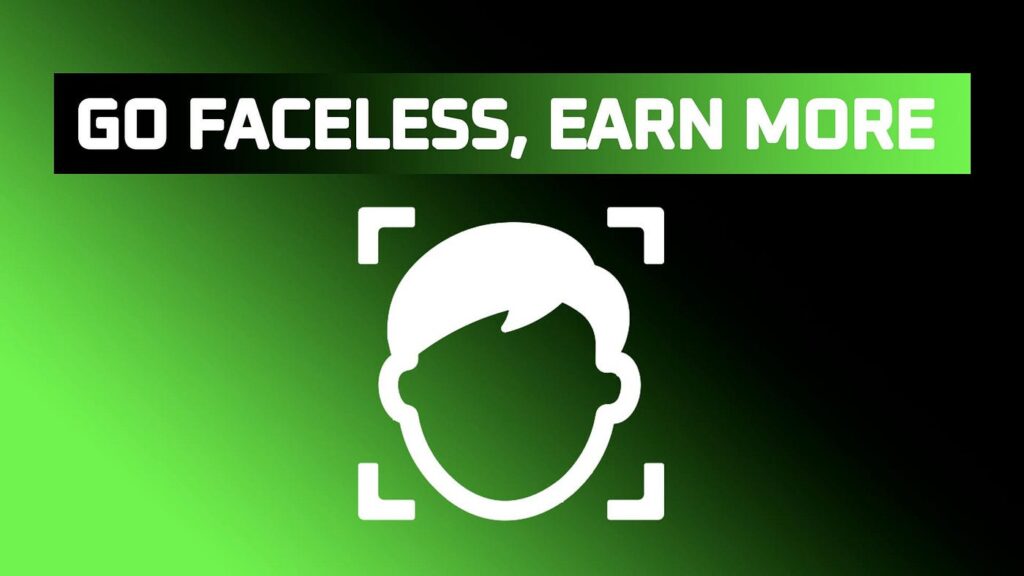Let’s be honest. A shoulder dislocation hurts. That pop, that strange empty feeling in your arm, the panic that follows, nobody forgets it. Most people just want the pain to stop. They rest a few weeks, start moving again, and figure it’s done.
But it isn’t always done. I’ve seen so many people come back months later saying, “It just feels off.” Sometimes it’s stiffness in the morning, sometimes a dull ache that never really goes away. When I test the shoulder, I can almost tell before the scan that early signs of arthritis are starting to show up.
So yes, can shoulder dislocation cause arthritis? It really can. The joint takes a hit inside, and if we don’t care for it properly, it remembers. The good news is that you can stop that from happening.
What Happens Inside the Shoulder
Think of your shoulder like a golf ball resting on a shallow plate. That’s how it moves so freely, but it’s also why it can slip out. When it dislocates, the ball stretches the soft tissue around it. Sometimes the cartilage, that smooth cushion, gets scratched or torn.
Once that happens, the joint doesn’t glide smoothly anymore. It grinds a little, tiny bits at first. Over time, that irritation builds inflammation and stiffness. That’s how arthritis begins.
If it happens more than once, the damage adds up. Repeated dislocations or weak muscles mean more rubbing and irritation. So again, can shoulder dislocation cause arthritis? Yes, if we let the joint stay unstable.
Early Recovery and Why Timing Matters
After a dislocation, rest matters, but not too much. Stillness is just as risky as overuse. You need the right balance, and that’s where therapy comes in.
At Total Performance Physical Therapy, we guide gentle movement first, then safe strengthening. During physical therapy for shoulder recovery in Hatfield, we start small, with the arm supported and slow motion, breathing with each move. Once the shoulder trusts itself again, we add strength work.
I had a tennis player from Hatfield who tried to self-rehab with online videos. Her shoulder started clicking within a month. When she came in, we rebuilt from the basics: posture, shoulder blade control, and proper form. The pain faded within weeks. The right timing matters more than people realize.
How Physical Therapy Helps Prevent Arthritis
Therapy isn’t about fancy machines. It’s about teaching the shoulder how to move again without stress. When your rotator cuff and shoulder blade muscles know their job, the joint stays stable. That’s why rotator cuff strengthening therapy is the backbone of what we do.
During shoulder pain therapy in Horsham, we focus on alignment and coordination. A strong rotator cuff keeps the ball in its socket so it doesn’t scrape the edges. Better motion means less wear, less inflammation, and less chance of arthritis down the road.
Simple Tips That Go a Long Way
- Watch your posture. Keep your shoulders relaxed and slightly back when sitting or using your phone.
- Don’t rush overhead tasks. Even lifting groceries too high can irritate healing tissue.
- Be consistent. Ten minutes a day of rehab is better than one big workout once a week.
- Strengthen evenly. Balance front and back muscles. That’s what keeps the shoulder centered.
One of my patients from North Wales told me, “I do those tiny band exercises every morning. Five minutes. Haven’t had pain since.” That’s how you win, small habits every day.
Lifestyle Choices That Protect Your Joints
Healing isn’t only about the shoulder. What you eat, drink, and how you handle stress all matter.
Try an anti-inflammatory diet with fish, berries, spinach, turmeric, and walnuts. Drink plenty of water. It keeps cartilage healthy. Maintain your weight, because even a few extra kilos can raise inflammation.
And manage stress. I can’t count how many shoulders tighten because of tension. A short walk, stretching, or deep breathing helps relax those muscles.At our North Wales clinic, we often teach simple stretches and relaxation tricks that help ease tension around the neck and shoulders right at home.
When to See a Physical Therapist
If your shoulder still feels tight, makes clicking sounds, or aches when you lift it, that’s your sign. Don’t wait for it to get worse. Early care saves you years of trouble.
At Total Performance Physical Therapy, we treat patients in Horsham, Harleysville, Hatfield, East Norriton, and North Wales. No matter which clinic you visit, you’ll find people who actually listen. We check how you move, what you do for work, and how pain affects your day. Then we build a plan that fits you, not just your shoulder. Progress may be slow some days, but it’s always forward.
Conclusion
I’ll say this as simply as I can. Your shoulder has already been through enough. Take care of it before it starts asking for attention again. Healing isn’t about being perfect; it’s about being patient.
I’ve seen people who kept up with therapy stay pain-free for years. I’ve also seen those who stopped too soon come back wishing they hadn’t. The difference is consistency.
Keep moving, keep strengthening, and listen to your body. If something feels off, reach out. At Total Performance Physical Therapy, whether you’re in Horsham, Harleysville, Hatfield, East Norriton, or North Wales, we’ll help you find your strength again, one small, safe step at a time.
You only get one shoulder. Treat it like it matters.






